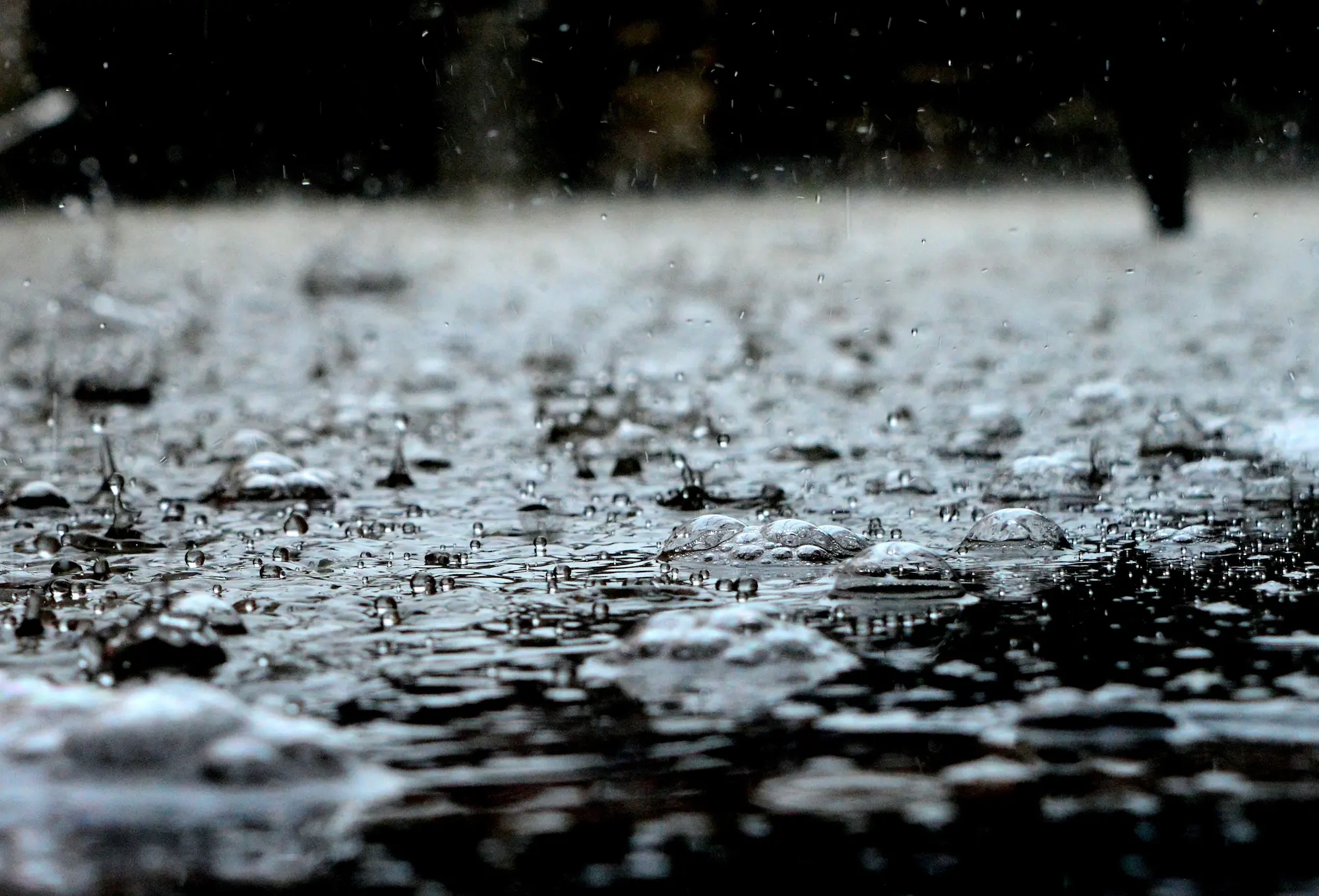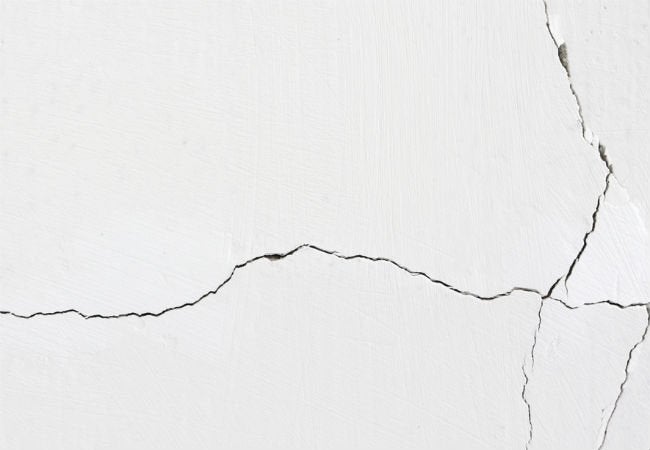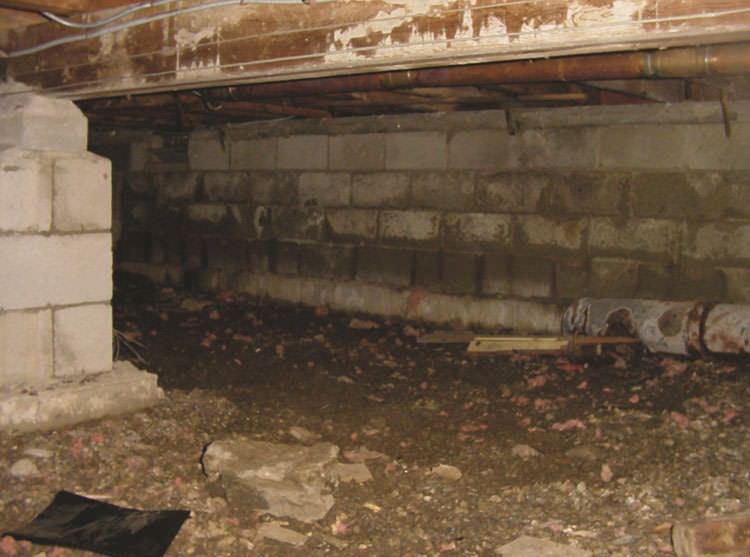Are there any bouncy, squishy, or uneven floorboards above your crawlspace? If so, you are aware that sagging floors can be dangerous in addition to being an annoyance. You might be left wondering how much longer my floor can handle all that is on it. The following are some warning indicators.
Signs of Sagging Floors
- The slope of the floors can occasionally leave a space between them and the inside walls.
- There are fissures and holes near door frames.
- Doors either stick or need to be planed down to close correctly.
- Your crawlspace develops gaps between the current columns and girders.
What May Cause This
There’s a fair probability that the floors in your house were level and robust enough when it was constructed. So what caused the issue? Sagging flooring have three basic causes. Understanding them is crucial because only a solution that deals with these underlying issues will result in a long-lasting fix for the issue.
Existing Columns are Spaced Too Far Apart
In order to sustain the weight of the structure above, columns made of block, brick, or wood are positioned all along the crawl space. The beam may sag between columns if those columns are too far apart and get overloaded. Along with it, the girder sags, and the floor above does too.
Floor Joists and Girders Have Weekened
Excess moisture and humidity are an issue in crawl spaces because they are frequently not sealed off from the earth. What happens to wood when it is exposed to moisture and humidity? It starts to decay, grow mold, and deteriorate. The floor surrounding the crawl space becomes bouncy, mushy, and may start to droop when weak girders and floor joists are unable to continue supporting the weight above.
Existing Columns Have Settled
We’ve talked about the issues that soil can create in prior posts, and it applies here as well. The existing columns in the crawl space may sink or settle as a result of weak soil, which frequently leaves a gap between the top of the column and the bottom of the girder it was supporting. When a column settles, the girder sags, which causes the floors above it to sag. It has a domino effect.
Solutions
It’s important to stabilize the foundation of your house. You’ll need to start by locating a skilled, reliable contractor. In response, we are here. We will permanently solve your problem with all of our solutions. There are various options available, some of which are undoubtedly more successful than others. In circumstances like this, ignorance can be dangerous.
The alternatives you have based on the science of foundation repair are summarized in the section that follows so you can make an educated choice. Let’s go over an analysis of the most popular repair services we provide.











